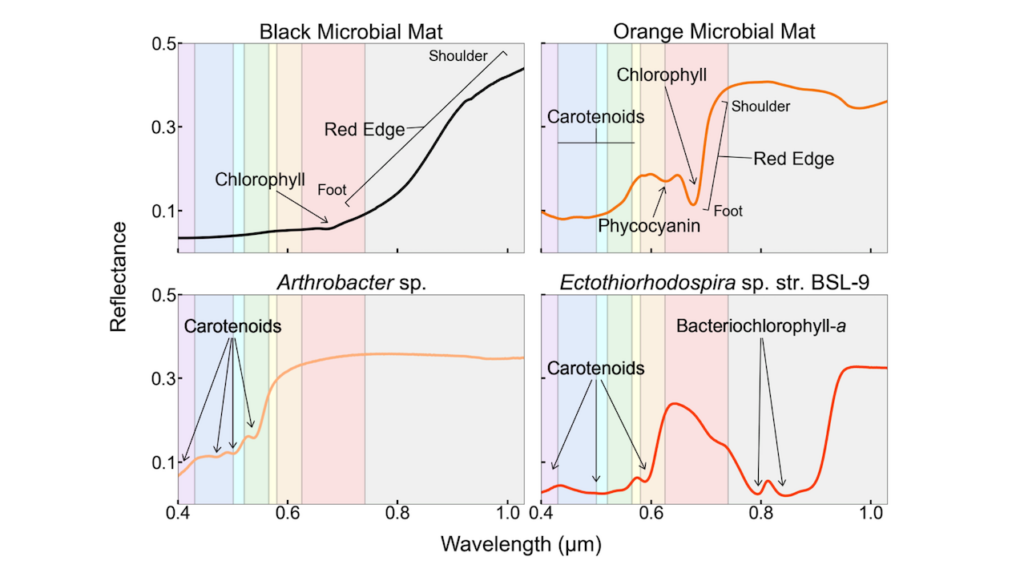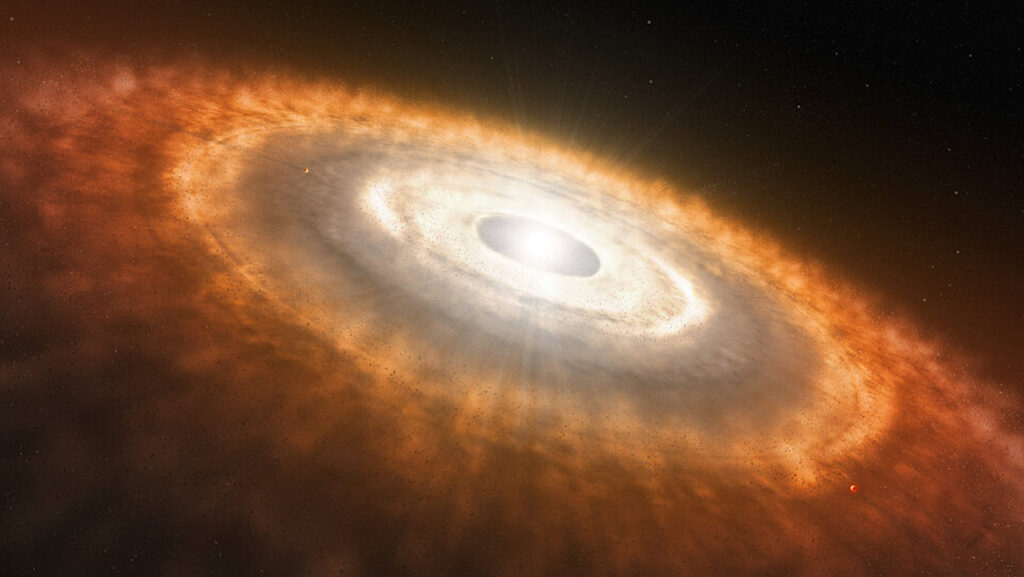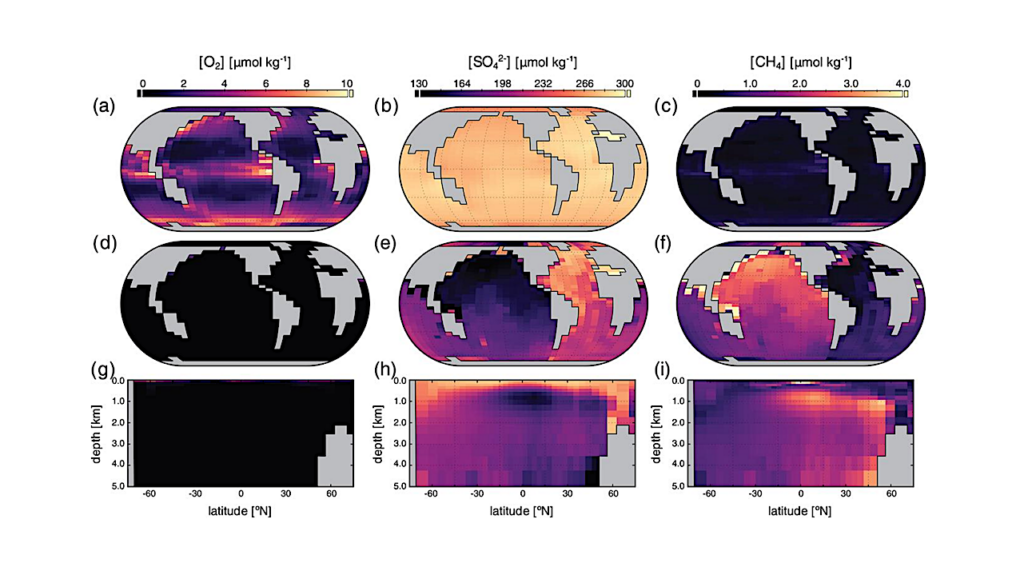Warm Terrestrial Planet With Half The Mass Of Venus Transiting A Nearby Star

The advent of a new generation of radial velocity instruments has allowed us to break the one Earth-mass barrier. We report a new milestone in this context with the detection of the lowest-mass planet measured so far using radial velocities: L 98-59 b, a rocky planet with half the mass of Venus.
It is part of a system composed of three known transiting terrestrial planets (planets b to d). We announce the discovery of a fourth nontransiting planet with a minimum mass of 3.06_{-0.37}^{+0.33} MEarth and an orbital period of 12.796_{-0.019}^{+0.020} days and report indications for the presence of a fifth nontransiting terrestrial planet. With a minimum mass of 2.46_{-0.82}^{+0.66} MEarth and an orbital period 23.15_{-0.17}^{+0.60} days, this planet, if confirmed, would sit in the middle of the habitable zone of the L 98-59 system.
L 98-59 is a bright M dwarf located 10.6 pc away. Positioned at the border of the continuous viewing zone of the James Webb Space Telescope, this system is destined to become a corner stone for comparative exoplanetology of terrestrial planets. The three transiting planets have transmission spectrum metrics ranging from 49 to 255, which makes them prime targets for an atmospheric characterization with the James Webb Space Telescope, the Hubble Space Telescope, Ariel, or ground-based facilities such as NIRPS or ESPRESSO.
With an equilibrium temperature ranging from 416 to 627 K, they offer a unique opportunity to study the diversity of warm terrestrial planets.
L 98-59 b and c have densities of 3.6_{-1.5}^{+1.4} and 4.57_{-0.85}^{+0.77} this http URL^{-3}, respectively, and have very similar bulk compositions with a small iron core that represents only 12 to 14 % of the total mass, and a small amount of water. However, with a density of 2.95_{-0.51}^{+0.79} this http URL^{-3} and despite a similar core mass fraction, up to 30 % of the mass of L 98-59 d might be water.
Olivier D. S. Demangeon, M. R. Zapatero Osorio, Y. Alibert, S. C. C. Barros, V. Adibekyan, H. M. Tabernero, A. Antoniadis-Karnavas, J. D. Camacho, A. Suárez Mascareño, M. Oshagh, G. Micela, S. G. Sousa, C. Lovis, F. A. Pepe, R. Rebolo, S. Cristiani, N. C. Santos, R. Allart, C. Allende Prieto, D. Bossini, F. Bouchy, A. Cabral, M. Damasso, P. Di Marcantonio, V. D’Odorico, D. Ehrenreich, J. Faria, P. Figueira, R. Génova Santos, J. Haldemann, N. Hara, J. I. González Hernández, B. Lavie, J. Lillo-Box, G. Lo Curto, C. J. A. P. Martins, D. Mégevand, A. Mehner, P. Molaro, N. J. Nunes, E. Pallé, L. Pasquini, E. Poretti, A. Sozzetti, S. Udry
Comments: 38 pages, 23 figures, Accepted for publication in Astronomy & Astrophysics
Subjects: Earth and Planetary Astrophysics (astro-ph.EP)
DOI: 10.1051/0004-6361/202140728
Cite as: arXiv:2108.03323 [astro-ph.EP] (or arXiv:2108.03323v1 [astro-ph.EP] for this version)
Submission history
From: Olivier D. S. Demangeon
[v1] Fri, 6 Aug 2021 22:33:50 UTC (6,084 KB)
https://arxiv.org/abs/2108.03323
Astrobiology,








